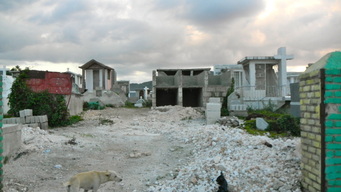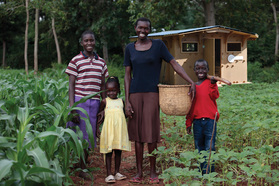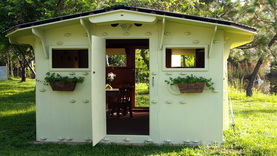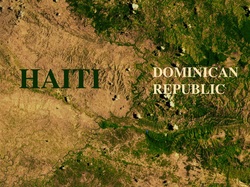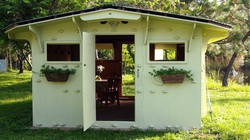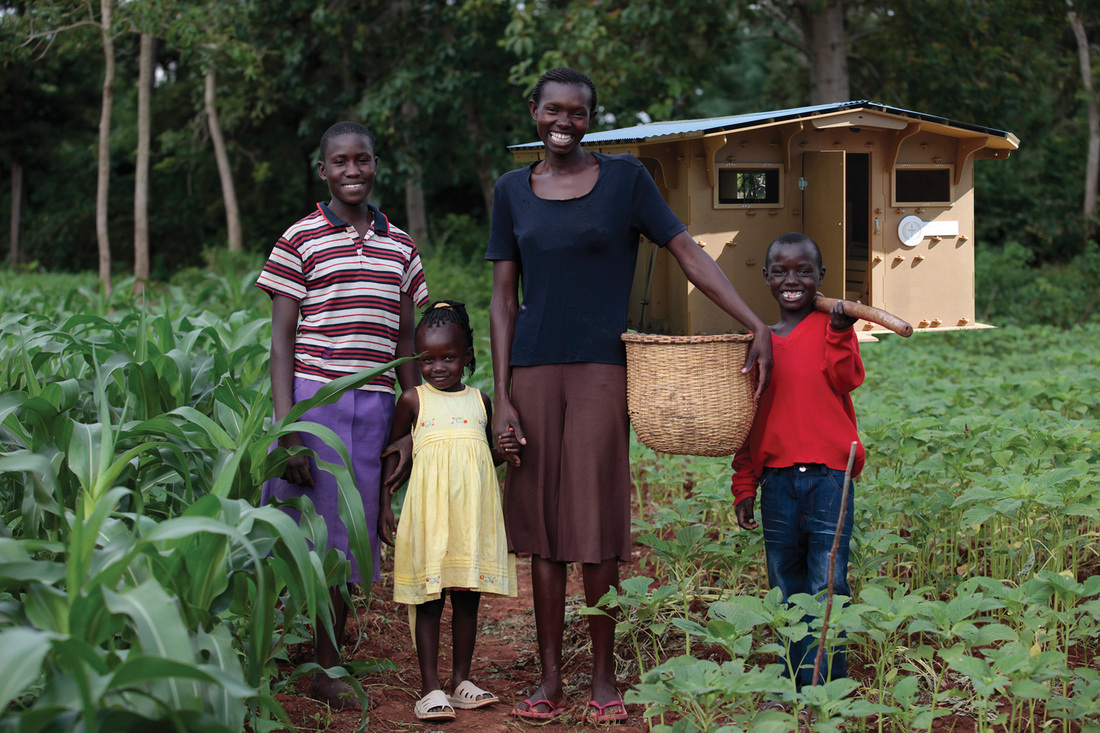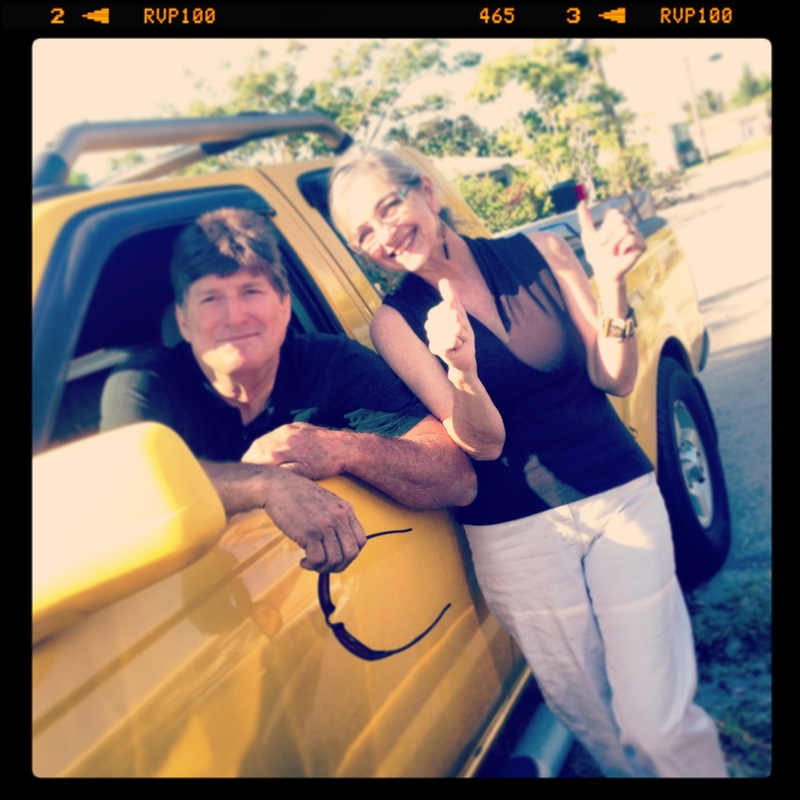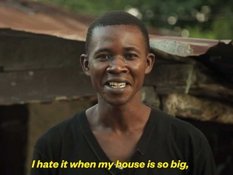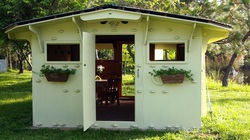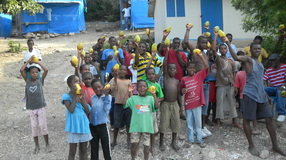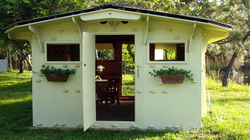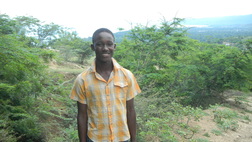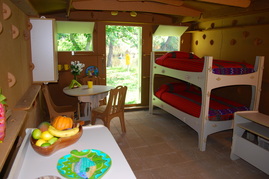
Part 1 of a 6 part series
When I see reports about the thousands of homeless in Haiti or in cities worldwide or those tornado victims in Moore Oklahoma, I think, what would it feel like to have nowhere to go this evening...or tomorrow… or next month? After the earthquake in Haiti, I couldn’t sleep… for weeks. I’d toss and turn, worrying that something, anything had to be done. But what?
Imagine yourself living in a shack made of scrap metal, old plywood or sticks and tarps, or the rags the tarps have become. Just imagine the walls of your home blowing in the wind, no lock on the flap that is your door, no privacy, no security for your family or possessions, rain leaking down on everybody and everything you have left, maybe a storm coming. Now imagine how it feels to know nothing is likely to get better for the foreseeable future…

Food, Water, Shelter… Basic Human Needs
According to a Pew Research poll, after the earthquake, nearly half of Americans either gave or planned to give money for Haiti relief, at least 1.4 Billion…where did it go? It’s hard to say, and there’s the problem. This spring, I went to the Aid and International Development Forum in Washington D.C. and talked with insiders who know something about where donations go. Although a good deal went to food, water and temporary shelter, the overall picture for permanent relief and rebuilding is not good. They tell me that somehow even the best of intentions get mired in unavoidable costs.
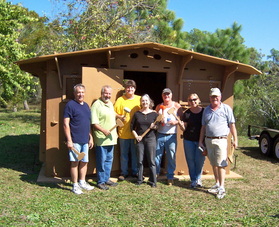
Building anything, homes, schools, clinics, takes time and time is the enemy. Traditional building techniques use expensive materials, individually sourced and in greatest demand whenever the need is critical. Building also requires plenty of skilled labor, heavy equipment, tools, power and time…lots and lots of time. You and I know it’s frustrating to build anything…but we’ve gotten used to it because we don’t have any choices. We all know that time is money but we’re stuck in a rut. It’s aggravating, right?
Imagine you are trying to build just one simple house in the middle of nowhere but you need it now, or hundreds of houses for flood victims in say, Japan, or thousands perhaps in Moore, Oklahoma, or hundreds of thousands in Haiti because the need is so great. Now multiply that number by the total time to build anything including the foundation, tools, materials, the labor, and all the time related overhead like meals, lodging, transport, the list goes on and on and ... Wow.
It’s no wonder we, as a caring society, are overwhelmed. It’s no wonder government aid and disaster relief organizations and NGO’s with the best of intentions, can’t seem to make much headway.
Can we build Better, Cheaper, Faster? The old saying goes; choose any two. How do we get all three?
Check back next week for Part 2.
READER: What are your thoughts?

Winner of 2013 Aid and International Development Forum (AIDF) "Most Innovative Product Award." Shelter In A Day is the brainchild of eco-friendly, furniture designer Frank Schooley. Shelter's disaster recovery housing provides safe and secure, simple to construct, green homes for those displaced by natural disasters, such as hurricanes, earthquakes or floods.
The disaster shelters are a solidly constructed, termite, rust and rot resistant house, with lockable doors and windows. Homes are crafted from waterproof, recycled wood fiber material and can be easily erected anywhere, in one day.
| | |

